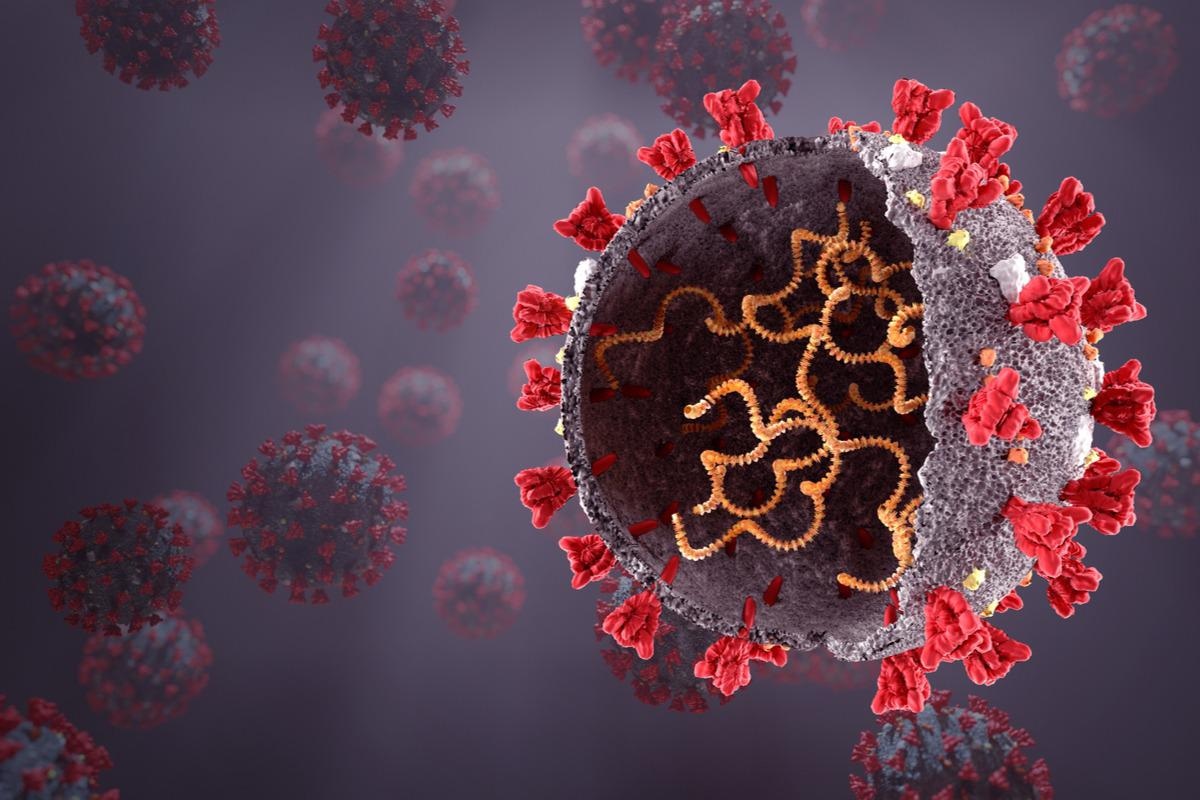Early in the coronavirus disease 2019 (COVID-19) pandemic, it was clear that quick and accurate diagnostic techniques were required to deal with emerging infections and offset the negative impacts of lockdowns. To this goal, several laboratories and businesses worldwide have devoted resources to the development of quick and low-cost diagnostic technologies.
 Study: Inexpensive and colorimetric RNA detection by E. coli cell-free protein synthesis platform at room temperature. Image Credit: Orpheus FX/Shutterstock
Study: Inexpensive and colorimetric RNA detection by E. coli cell-free protein synthesis platform at room temperature. Image Credit: Orpheus FX/Shutterstock

 *Important notice: medRxiv publishes preliminary scientific reports that are not peer-reviewed and, therefore, should not be regarded as conclusive, guide clinical practice/health-related behavior, or treated as established information.
*Important notice: medRxiv publishes preliminary scientific reports that are not peer-reviewed and, therefore, should not be regarded as conclusive, guide clinical practice/health-related behavior, or treated as established information.
In this context, cell-free protein expression (CFPS) platforms have emerged as appealing technologies because of their ease of use, low cost, and ease of engineering. Furthermore, cell-free biomanufacturing was made possible by freeze-drying cell-free components and rehydrating them with aqueous samples. More work was put into adapting CFPS platforms for efficient virus-specific detection, especially using CRISPR/Cas nucleases.
Resources may become scarce and limited during unforeseen worldwide pandemics. If a large-scale diagnostic scale-up is required to screen the entire population, reliance on commercial reagent sources could severely limit diagnostic capability. Fighting a highly infectious respiratory virus demands a worldwide strategy, as the developing severe acute respiratory syndrome coronavirus 2 (SARS-CoV-2) strains remind us of all the time.
We need accessible and inexpensive diagnostic technologies that are straightforward to deploy and affordable, especially in developing nations, to help us achieve this goal. With these strategic objectives in mind, the authors of this study present the potential for detecting viral RNA sequences using a repurposed E. coli cell-free transcription/translation system with colorimetric output.
Toehold-switch-mediated riboregulatory elements were adopted by researchers from the University of Trento and the University of Alberta for gene expression activation, preceded by isothermal RNA amplification facilitated by body heat. High-attomolar (ca. 110 aM) concentrations of viral RNA were identified from synthetic samples using minimum equipment and cell-free processes operating at room temperature. The colorimetric output was obtained by complementing a-galactosidase - fragment with an X-gal analog, which served as a color-changing substrate with enzyme activity. The colorimetric diagnostic platform can theoretically be linked to magnetic-bead-driven RNA isolation, with saliva serving as a proof-of-concept. The overall cost of the colorimetric detection assay is estimated to be around 0.72 euro per test.
A preprint version of the study is available on the medRxiv* server while the article undergoes peer review.
The study
If instrumentation is unavailable, point-of-care (POC) and low-cost diagnostic gadgets may require only room temperature operations. Cell-free reaction conditions and extract preparation procedures were investigated for room temperature work-up. After post-logphase growth at 23°C, E. coli extracts were produced. Compared to ordinary 37°C growth, E. coli extracts retained 50% of their activity. The functionality of cell-free processes was examined and verified without freeze-drying, but only after drying to reduce reliance on expensive instruments.
The researchers may theoretically do away with the requirement for expensive freeze-drying equipment to prepare lyophilized cell-free reactions this way. Finally, POC diagnostics could employ a one-step viral inactivation from physiological fluids followed by cell-free reactions. The compatibility of the cell-free reactions with human saliva was investigated for this purpose.
Following these cell-free extract optimization efforts, the authors developed cell-free compatible isothermal RNA amplification techniques. Nucleic acid sequence-based amplification (NASBA), reverse transcriptase-recombinase polymerase amplification (RT-RPA), and reverse transcriptase rolling circle amplification (RT-RCA) procedures were used to test this hypothesis. RT-RPA showed to be the most efficient pre-amplification method, both at recommended temperatures and 30°C.
NASBA reactions, which can be constructed in-house and employed in high-throughput sequencing-based diagnostics, were chosen as the focus of this research. The goal was to reduce diagnostic tool reliance on commercial components and kits, which had shown to be scarce in the early days of the COVID-19 outbreak.
T7 bacteriophage RNA polymerase (T7 RNAP) that is "unoccupied" has previously been shown to cause transcription of random, non-specific RNA duplexes. To address this problem, a random DNA oligonucleotide duplex was added to the mix to reduce T7 RNAP's non-specific transcription. The NASBA reaction conditions were further evaluated at room temperature with decreasing enzyme concentrations.
However, none of the approaches, including RT-RPA, allowed for effective RNA amplification at ambient temperature. Conditions for optimal enzyme activity in pre-amplification phases, on the other hand, were conducive to hypothetical single-pot lysis of human cells and viral particle extraction. The addition of 0.5 percent (v/v) Triton X-100 to the NASBA reaction mixture increased amplification efficiency when combined with lysis buffer. Nonetheless, as a "ready-to-use" reagent, the process of cell lysis from human saliva did not overlap with RNA amplification in the NASBA reaction.
Implications
The business reliance on RT-RPA reactions appears to be the most significant limiting factor at the moment. Nonetheless, compared to estimations, low-volume RT-RPA and future scale-up efforts for E. coli extracts could reduce assay costs by up to 50%.
The authors were delighted to mention that colorimetric detection may be integrated into cell phone applications or wearable devices, allowing us to use cell-free synthetic biology in our daily lives. This work has once again emphasized the clinical and translational potential of paper-based biosensors, as the mentioned limitations have been addressed and optimization studies have been conducted.

 *Important notice: medRxiv publishes preliminary scientific reports that are not peer-reviewed and, therefore, should not be regarded as conclusive, guide clinical practice/health-related behavior, or treated as established information.
*Important notice: medRxiv publishes preliminary scientific reports that are not peer-reviewed and, therefore, should not be regarded as conclusive, guide clinical practice/health-related behavior, or treated as established information.